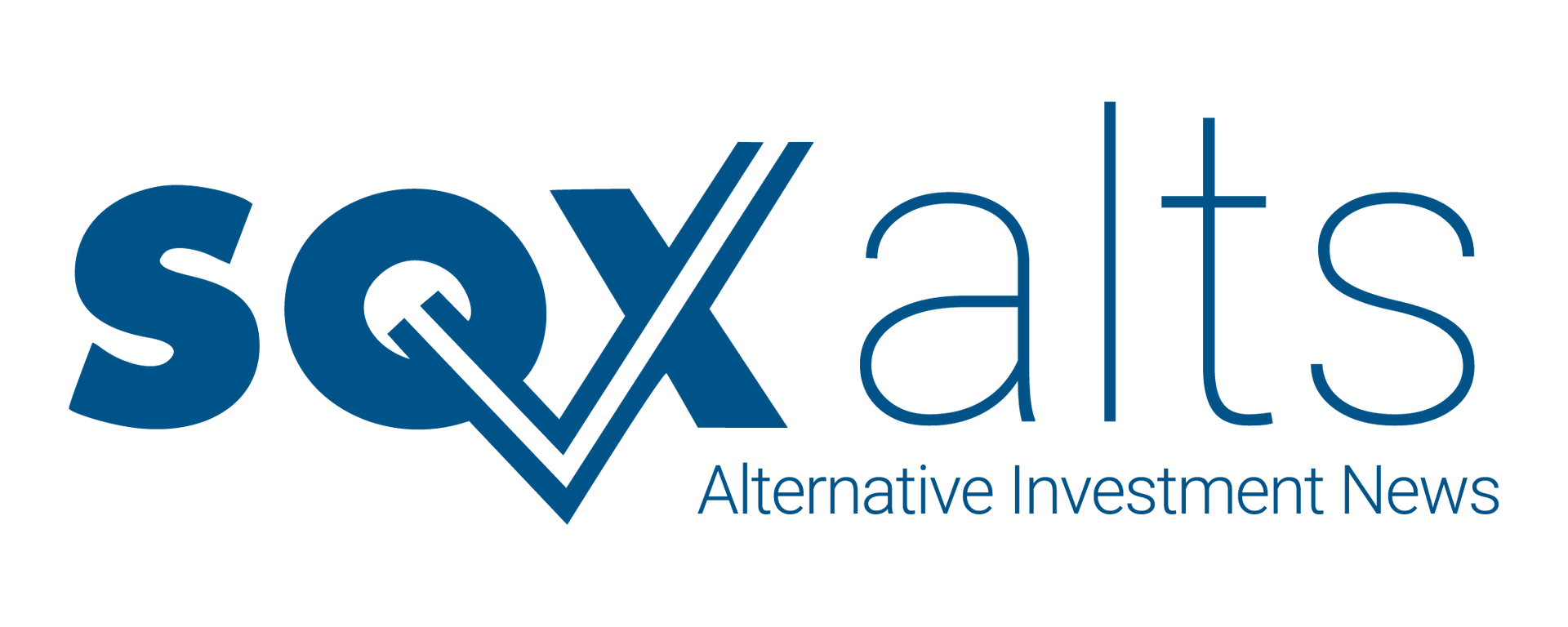Inland Real Estate Reports Higher Occupancy and Net Loss
While the retail REIT improved occupancy and rental revenue, rising operating costs and suspended programs weighed on performance.
August 13, 2025

Occupancy and Rent Tick Higher
Inland Real Estate Income Trust entered the second quarter of 2025 with a clear focus: maintain stability while evaluating a potential sale. The company is in the middle of a strategic review, and that context shaped nearly every part of its quarterly update. Occupancy improved, rent collections held strong, but higher expenses and suspended capital programs put pressure on the bottom line.
The portfolio remains anchored in grocery-anchored retail. That core strategy showed resilience this quarter. Total rental income increased to $38.0 million, up from $37.4 million a year ago. The boost came largely from new leases and rent step-ups on existing agreements.
Physical occupancy ended the quarter at 91.6%, while economic occupancy came in slightly higher at 91.9%. That’s up from March but down compared to year-end 2024. Across the 52-property portfolio, base rent averaged $20.05 per square foot. Small shop tenants accounted for 38% of that rent.
Net Loss Narrows, But Expense Pressures Persist
Despite stronger rent and occupancy, Inland reported a net loss of $2.2 million for the quarter—better than the $3.2 million loss posted a year earlier. The improvement came from lower interest expense and a slight dip in depreciation.
But operating costs told a different story. Property expenses rose across multiple categories, including:
- Insurance
- Repairs and maintenance
- Snow removal
- Utilities
Total expenses climbed to $30.5 million, putting downward pressure on net income despite the top-line growth.
The company also incurred higher general and administrative costs tied to its ongoing strategic review, including external advisory support.
Strategic Review Continues
Since announcing a strategic alternatives process in late 2024, Inland’s board has been reviewing potential paths forward—including a possible sale. There’s no set timeline, and the outcome remains open-ended.
As part of that review, the board suspended both the distribution reinvestment plan and the share repurchase program last fall. The move immediately paused capital inflows through DRP and limited shareholder liquidity. There were no repurchases or reinvestments this quarter, though regular cash distributions continued.
While the company has not made new acquisitions or redevelopments during this period, it is actively managing the portfolio. Leasing activity remained steady in the first half of the year, with 71 leases signed covering nearly 334,000 square feet. Rent spreads were positive across both renewals and new leases, and the average lease term extended beyond five years.
Debt Management Takes Priority
Inland is keeping a close eye on its near-term debt maturities. Four mortgage loans totaling $137.5 million come due within the next 12 months. All carry below-market interest rates, which presents a refinancing challenge in today’s higher-rate environment.
The company has flexibility through its revolving credit facility, which had $78 million of capacity available as of quarter-end. However, actual drawdowns are subject to covenants that may limit access. At present, Inland expects approximately $44 million of that to be usable as “additional debt” on top of existing mortgage obligations.
At quarter-end, total debt stood at $834.5 million, with a weighted average interest rate of 4.54%. That includes hedging activity on $551 million of variable-rate debt. The credit facility’s term loan portion matures in 2027; the revolving piece comes due in 2026, with an option to extend.
In the first six months of 2025, the company paid $9.8 million in distributions and invested another $8.1 million into capital expenditures and tenant improvements. It expects to spend roughly $16.8 million more on CapEx over the second half of the year.
No Changes Yet, But Flexibility Remains Key
For now, Inland continues to focus on consistent operations, stable rent collection, and disciplined debt management. The company is generating healthy operating cash flow— $26.6 million in the first half of the year—while maintaining a conservative debt profile.
What happens next depends on how the strategic review evolves. That process is ongoing, with no fixed end date. In the meantime, Inland is positioning itself to manage rising costs, navigate upcoming debt maturities, and respond to shifting market dynamics as they unfold.
Share
Read More Articles


